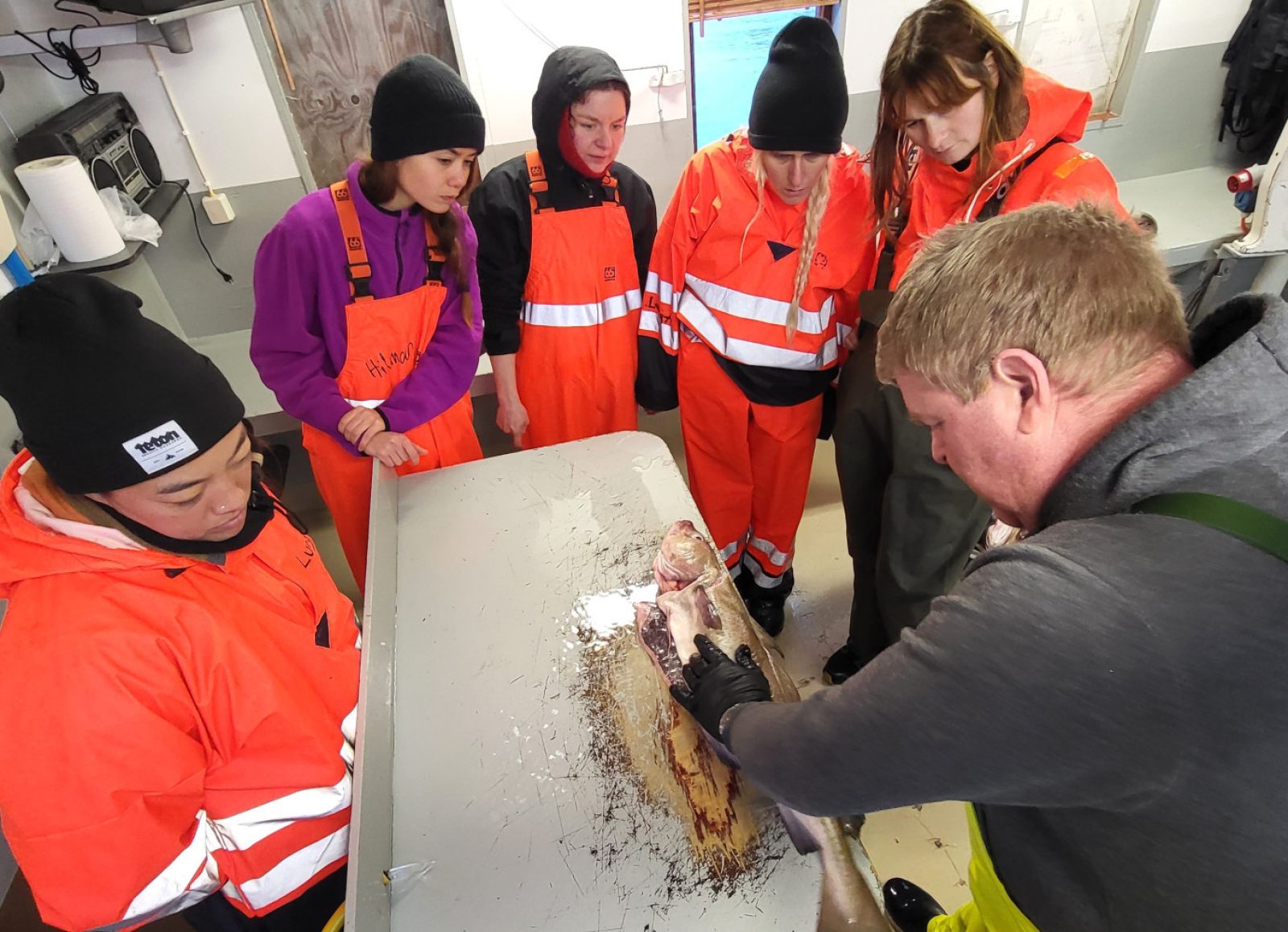
Finnish Heritage Agency’s LIVIND Project brought together professionals in intangible cultural heritage from the Nordic countries
LIVIND (Creative and Living Cultural Heritage as a Resource for the Northern Dimension) was a three-year project led by the Finnish Heritage Agency. It involved nine partner countries from Northern Europe, the self-governing areas of the North, and Sápmi. Participants in the project events came from a total of 36 countries. The project resulted in a common online platform of international actors, research on living heritage from a sustainability perspective, and a policy brief. A total of 20 pilot projects or initiatives were carried out in the project. The majority of the funding for LIVIND came from the Ministry for Foreign Affairs of Finland, through the IBA funds for cooperation in the Baltic Sea, Barents, and Arctic regions, with a total budget of €463,000.
In total, over a hundred entities from the Nordic countries, the Baltic region, and Poland participated in the LIVIND project, including experts, association actors, activists, and entrepreneurs. The project included a research component aimed at deepening the understanding of sustainability work related to living heritage. There is little research connecting these fields, which is why a comprehensive research paper titled "Living Cultural Heritage and Sustainable Development: Research Papers and The Policy Recommendations of The LIVIND Project" was produced, along with a policy brief outlining the conditions for implementing intangible and sustainable development work. The research component was conducted by the University of Tartu and the Latvian Academy of Culture, both of which host a UNESCO Chair in intangible cultural heritage. Living heritage, or intangible cultural heritage, is an essential part of daily life, encompassing customs, craftsmanship, performing arts, storytelling, as well as nature and food-related traditions.
"Reaching such a wide international group of actors in the field of intangible cultural heritage would not have been possible without this project. Peer learning, sharing knowledge and experiences, and the long-term development of practices throughout the project years have been significant learning journeys for those involved," says Leena Marsio, a Senior adviser closely working with the project from the Finnish Heritage Agency.
Under LIVIND, 20 pilot projects were implemented in the Nordic and Baltic regions as well as Poland. Through these courses, demonstrations, volunteer activities, and events, practical ways were tested on how living heritage can support sustainability efforts while strengthening the role of local communities as supporters of well-being and vitality.
"The experiments brought people together to create and learn collectively. In Northeast Iceland, children and youth learned about the impacts of climate change on fishery through fish processing. In Åland, the practice of building large nesting boxes for common eiders was revived under the guidance of a hunting and fishing museum. Through the LIVIND pilots, knowledge and experience about the connection between living heritage and sustainable lifestyles spread to thousands," says Elisa Kraatari, project manager of LIVIND.
The results of LIVIND have been compiled into an English-language online platform, Livind.fi, which offers inspiration and tools for use and application. The LIVIND website features tools created during the project, recorded webinars, as well as a library of links to materials, projects, and tools from other international actors that support work in living heritage and, more broadly, in culture and cultural heritage. Subtitled recordings of English-language webinars, the policy brief, and the extensive research paper are also available on the project’s website.
About LIVIND
The project was based on the UNESCO Convention for the Safeguarding of the Intangible Cultural Heritage, the Council of Europe’s Faro Convention, and the UN Sustainable Development Agenda 2030 goals. Regionally, the project addressed the goals of the Northern Dimension Cultural Partnership Strategy 2021–2024, strengthening networks and cross-border cooperation in the area.
The participating countries and regions were Finland, Sweden, Norway, Denmark, Iceland, Åland, Greenland, the Faroe Islands, Sámi territory, Estonia, Latvia, Lithuania, and Poland. The total budget for the project was €463,000, of which approximately 84% was funded by the Ministry for Foreign Affairs of Finland from the IBA funding for cooperation in the Baltic Sea, Barents, and Arctic regions. Other funders included the Museum Agency and the Northern Dimension Partnership on Culture (NDPC).